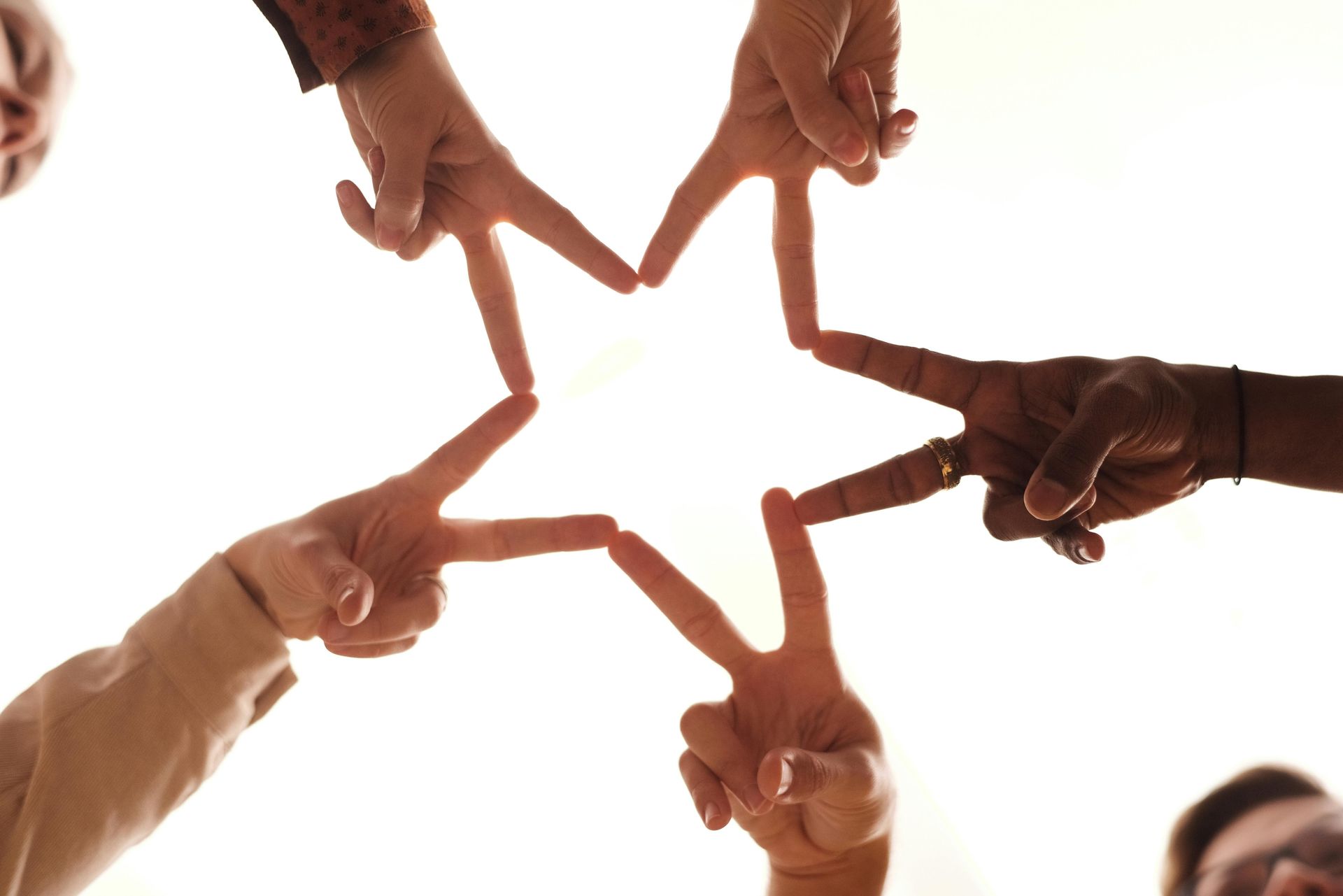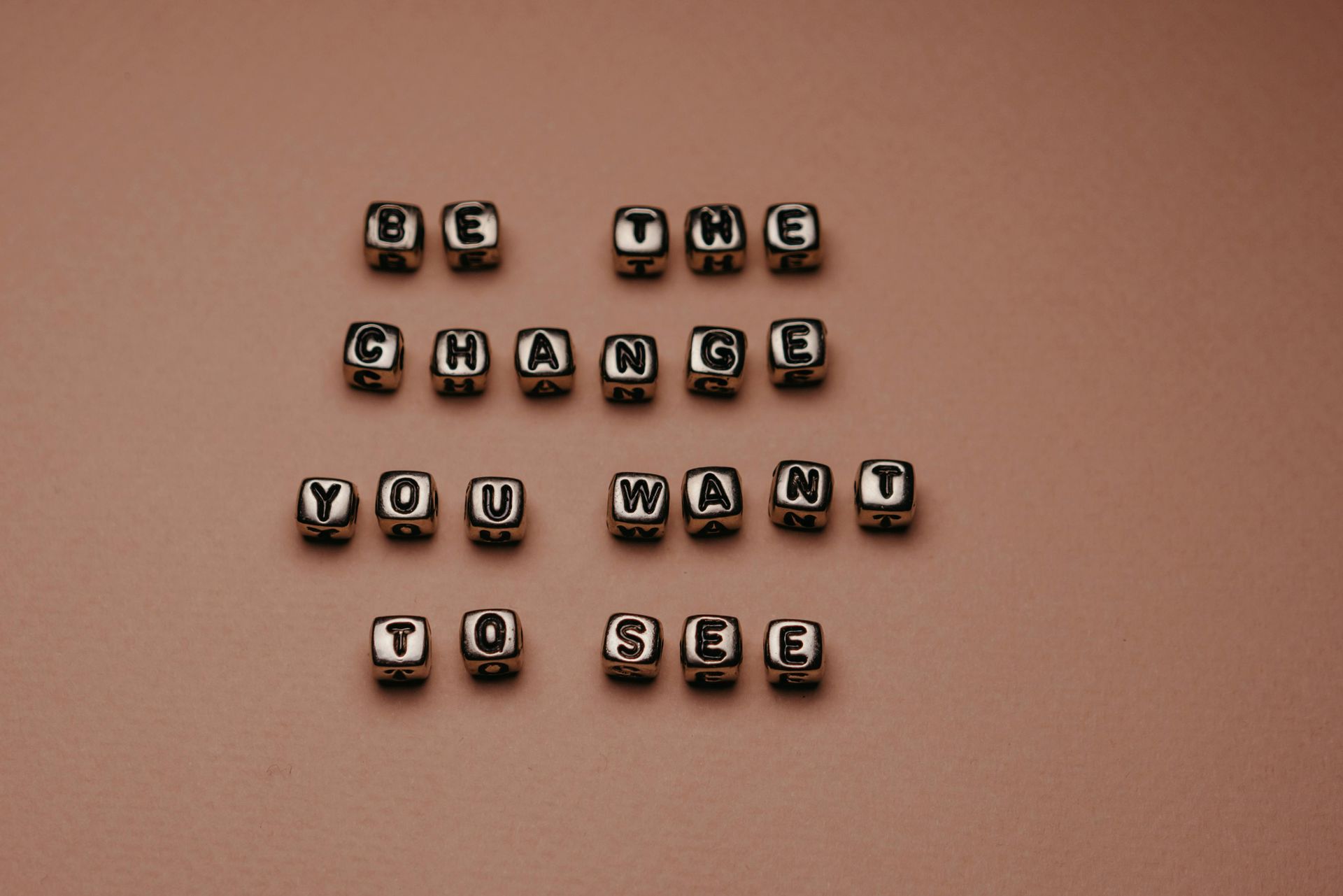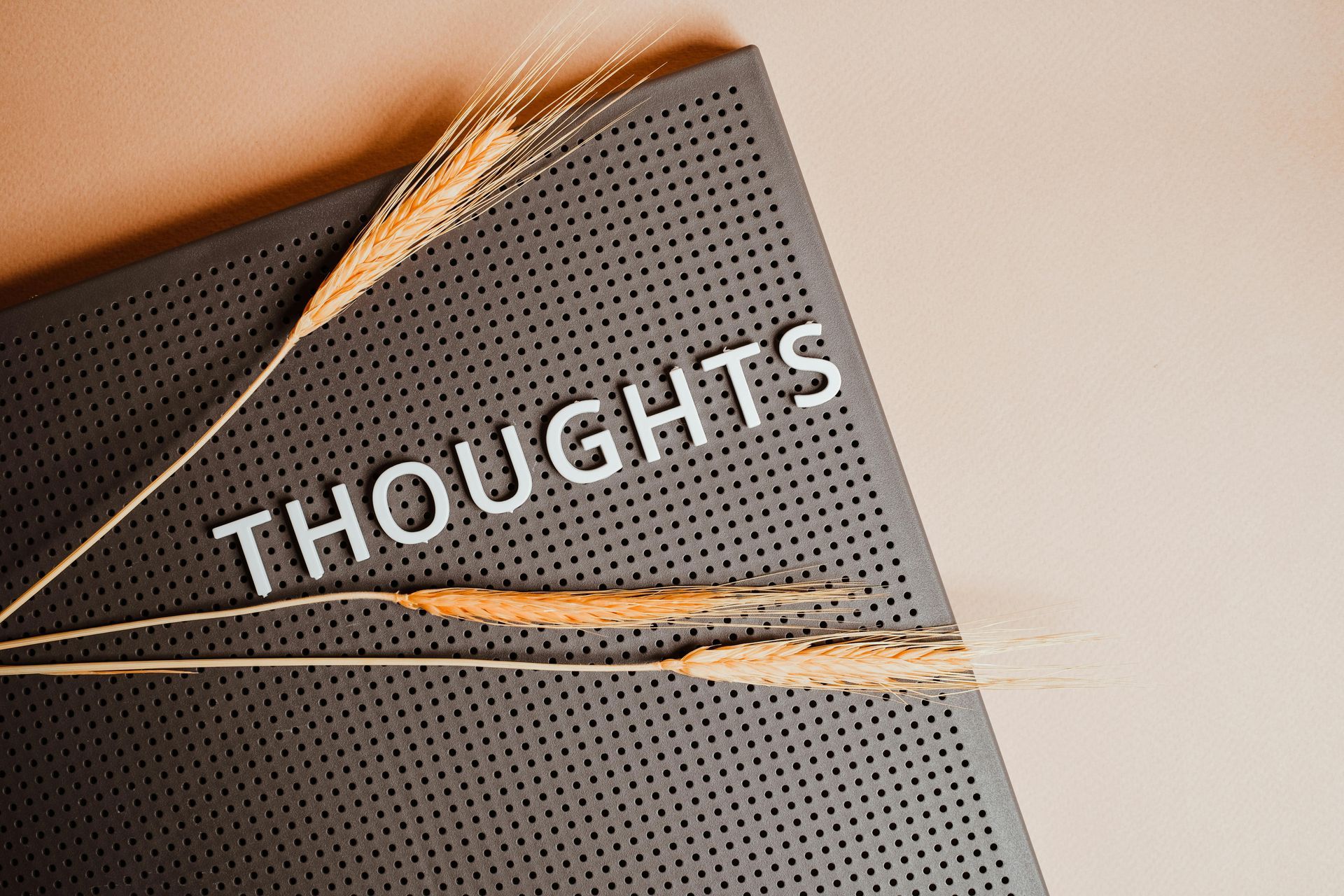The Strengths Studio Blog
Collaboration: The Clarity Before the Magic
Collaboration is one of those words that sounds simple, and yet, it’s one of the hardest dynamics to sustain in real life. When it works, it feels effortless: ideas flow, energy expands, and everyone leaves conversations more capable than before. But when collaboration starts to falter, the symptoms show up quickly — miscommunication, frustration, disengagement, and conflict.
The difference between the two often comes down to one thing: clarity.
When Collaboration Works Well
Healthy collaboration isn’t about everyone doing everything together - it’s about knowing how to work together.
When collaboration is strong, you’ll see:
- Trust in strengths. Each person brings unique talent to the table and feels confident those talents will be used and valued.
- Clear ownership. People understand what’s theirs to carry, where to contribute, and when to step back.
- Psychological safety. Differences aren’t threats; they’re data. Team members can challenge ideas without challenging one another’s worth.
- Flow and follow-through. Conversations lead to decisions, and decisions lead to progress.
At its best, collaboration looks like interdependence, not dependence or independence, but a shared rhythm of give and receive.
A Strengths-Based Lens on Collaboration
CliftonStrengths gives us language for what makes each person exceptional, and by extension, what can make collaboration exceptional.
A strengths-based partnership recognizes that:
- No single strength carries it all. Each person’s brilliance has boundaries. Collaboration fills those gaps.
- Talents need translation. What looks like drive to one person may look like dominance to another. What feels like adaptability to one may feel like inconsistency to another. Naming strengths helps reframe intent and reduce friction.
- The goal isn’t balance, it’s blend. Effective teams don’t smooth out differences; they integrate them, creating outcomes no individual could achieve alone.
When teams understand and speak the language of strengths, collaboration shifts from competition to complementary.
When Collaboration Needs a Reset
Even the best teams hit rough patches. Collaboration breaks down when clarity erodes.
Signs it’s time for a reset include:
- Assumed understanding. People think they’re aligned but are working from different assumptions.
- Uneven load-bearing. The same people carry most of the work or emotional energy.
- Unspoken resentment. Conversations turn into cautious exchanges instead of creative ones.
- Conflict avoidance. Disagreements go underground instead of being addressed constructively.
A reset doesn’t mean failure - it means awareness.
It’s the chance to ask: "What’s mine to carry? What’s yours? And what belongs to both of us?"
Recalibrating collaboration begins with those questions and the willingness to listen to what surfaces.
Moving Forward
Collaboration thrives on respect, trust, and shared purpose, but it depends on clarity.
When we know our strengths, communicate our needs, and define shared expectations, collaboration stops feeling like compromise and starts feeling like creation.
Because the truth is:
Collaboration isn’t about doing more together.
It’s about doing what matters, better, together.










